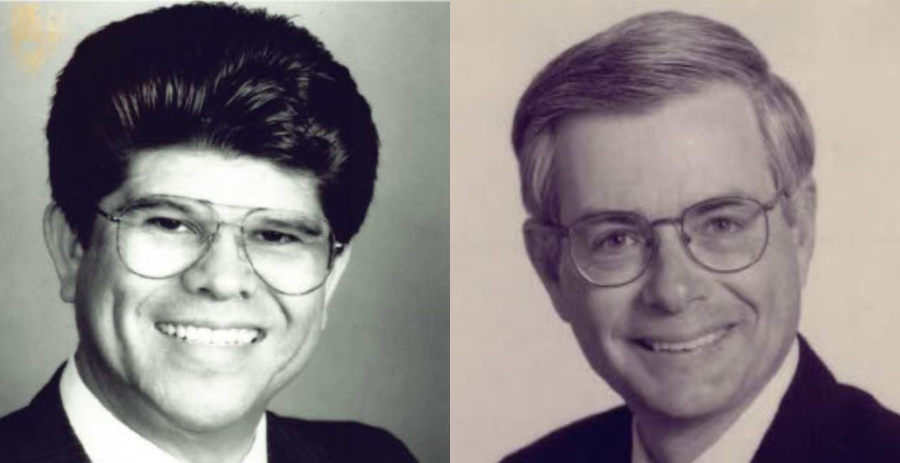Business
Exploring History: A Transformative Journey Through the Tied and Flipped Legislature

For the first time in over 30 years, Arizona Democrats are eyeing control of the Senate. With Republican majorities narrowing in recent elections, party leaders are strategizing to either tie or flip the Legislature.
“We are planning to be in the majority,” stated Sen. Minority Leader Mitzi Epstein, D-Tempe. “We’ve been working on it for years.”
Republicans have maintained slim one-seat majorities in both chambers since 2021, having experienced similar margins in 2019 and 2020.
The Democrats last held power in either chamber during 1991-1992 in the Senate, while the House was last under their control in 1964.
In preparation for this election cycle, Democrats are significantly investing in competitive districts. For example, Karen Gresham, running in Legislative District 4, raised $283,000 in just the third quarter of campaign finance reporting. She and her running mate, Kelli Butler, together have raised $1.4 million throughout the campaign.
To gain control, Democrats need two additional seats in both chambers. GOP consultant Doug Cole identified potential pickup opportunities in Republican-leaning areas, such as LD17, where Democrat Kevin Volk challenges incumbent Republicans Rachel Jones and Cory McGarr.
Another key battleground is LD23, which has shifted from blue to red, with Democrats losing a House seat last year. Lobbyist Barry Aarons believes Democratic candidate Matias Rosales could reclaim the district.
The upcoming elections will also be a measure of how well Democrats can safeguard their recent victories in swing districts. In LD13, former Republican Rep. Jeff Weninger is joined by Rep. Julie Willoughby, R-Chandler, which could lead to Republicans winning both House seats there.
Rep. Jennifer Pawlik, D-Chandler, is not seeking re-election, creating openings for Democrats Nicholas Gonzales and Brandy Reese.
Furthermore, Dems might secure a House seat in LD16, currently represented by Republican Keith Seaman. Republican Chris Lopez is running alongside prominent leaders, which could create vulnerabilities.
In the Senate, Democrats need to target LD2, where Rep. Judy Schweibert is pitted against Republican Sen. Shawna Bolick. Additionally, they must defend LD4 and LD9, held by Senators Christine Marsh and Eva Burch, respectively.
Achieving a Democratic majority may also require unseating Senate Republican leaders such as T.J. Shope or J.D. Mesnard, or challenging former Senator Vince Leach in LD17.
There is also the possibility of a tied legislature, which has historical precedence but has never occurred in the House. The Senate experienced a tie during 2001-2002. A tie would require a restructuring of chamber rules, granting both parties equal power.
Former Democratic Senator Pete Rios noted that cooperation was necessary during prior tied sessions, revealing complexities in managing party dynamics during such times.
Sen. Ken Bennett, a Republican veteran, shared that initial responses to leadership deals can lead to tension among party members. However, a tie offered the potential for pragmatic collaboration on legislation.
Should Democrats regain control of both the House and Senate, they would be positioned to advance progressive policy goals that have stymied under GOP leadership. Key objectives include implementing paid family leave, establishing full-day kindergarten, and reforming educational funding.
Epstein emphasized a desire to restore civility in legislative processes, criticizing recent practices that she viewed as disrespectful to public testimony.
Despite the political shift, some party insiders, including Aarons, believe that operational continuity will prevail regardless of party control, given the necessity of legislative collaboration.
With approaching elections set to reshape Arizona’s political landscape, the potential for a tied legislature or a Democratic majority adds an intriguing layer to state politics.


















